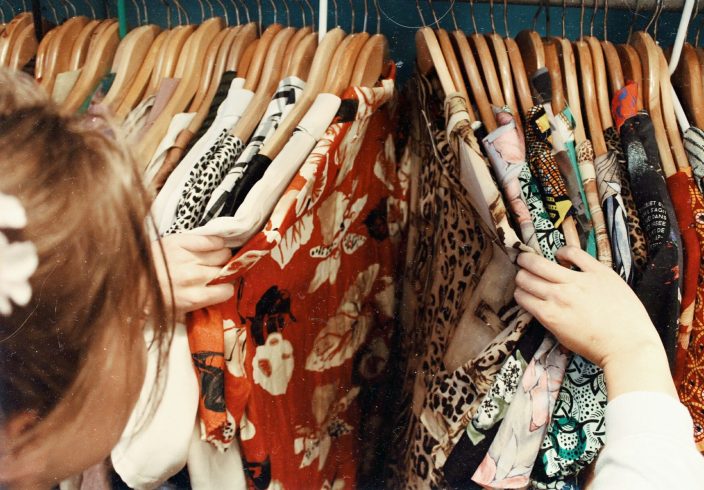Fast fashion has become the norm in the retail industry over the past few decades. Despite increasing efforts to be more environmentally responsible, the process of producing low-cost clothing at a high volume has transformed the way we think about fashion, turning it into a disposable commodity for the majority. With the continued rise of eCommerce and social media, the fast fashion industry has boomed, particularly with younger audiences, with new collections being released every few weeks, enticing consumers to buy more and more. But when it comes to speed, “fast” may be misleading. We’ve benchmarked marketing performance against customer intent across a range of fashion retailers, and quickly learnt that fast fashion is actually pretty slow when it comes to making the final purchase decision.
Let’s explore why.
The Difficulty of Agreeing Metrics
Performance metrics are essential for any business to measure their success. However, in the case of the fast fashion industry, metrics can fail to report how customers actually engage with the proposition – this presents a challenge to marketing teams and investment. Companies often focus on metrics such as conversion rates, click-through rates, and website traffic. While these metrics may provide a snapshot of the company’s performance, they don’t necessarily tell the whole story.
For example, a high click-through rate doesn’t always mean that the consumer is interested in buying the product. It could mean that the consumer was simply curious about the product or that the ad was catchy. The fast fashion industry often fails to take into account the consumer’s purchase journey, from the initial search for a product to the final purchase decision, with reporting widely relying on Last Click attribution.
Attribution Modelling
With a shift in marketing from brand to social, the fast fashion industry has had to establish and report the role of each channel to drive conversion. Attribution modelling is a way to assign credit to each marketing touchpoint that leads to a conversion. However, it can be challenging to accurately attribute the sale to one specific marketing channel. For example, a consumer might see an ad on Instagram, search for the product on Google, and then make the purchase on the company’s website. Which channel gets the credit for the sale?
This is further compounded by the vast array of marketing techniques used by fast fashion brands – be it reality TV, Influencer Collabs or Snapchat Filters, exposure to prospective and existing customers has been massively amplified, but brands’ abilities to understand attribution has not.
Understanding Failure
Having understood the role of each channel and the appropriate metrics, the fast fashion industry can begin to understand the drivers of failure. Discoverability, findability, and clarity are critical to the consumer’s purchase journey. If the consumer cannot find the product they’re looking for or if the product description is unclear, they’re more likely to abandon their purchase. Companies must invest in improving their product pages and search functionality to make the purchase journey smoother for the consumer. The most effective way of understanding and ultimately improving this, is through a robust program of insight, testing and innovation.
Bold Innovation
We have seen onsite testing on fashion sites deliver an ROI of more than 500%, and a 30% win-rate targeting the issues described by customers. The fast fashion industry needs to take a bold approach to solve the problems that delay purchase decisions for consumers. Companies can, perhaps by their trendsetting and individualistically stylish nature, be bolder and ‘out there’ when it comes to making changes on eCommerce sites. The personality of a brand can bleed through into a customer journey – but in doing so it is imperative that it makes the journey better, more effective, and ultimately more profitable. Branding for branding’s sake is ok, but branding for profit’s sake is better.
So what?
In conclusion, the fast fashion industry really isn’t as fast as we think it is. Yes, collections, collabs and clicks are collected at an alarming rate, but consumers actually take much longer to make a purchase than we naturally assume. This will only become elongated with the ramifications of the Cost-of-Living Crisis, as customers seek to tighten spending.
Fashion companies, however, need not be alarmed. Whilst there may be an instinctive desire to reduce the time taken to purchase, it is far more important to actually get a grip on the data as a primary objective. Brands should focus on understanding and agreeing their metrics and optimising their attribution modelling – only then can they truly start to take steps to ramp up the speed of their fashion and make marketing budgets work harder.




